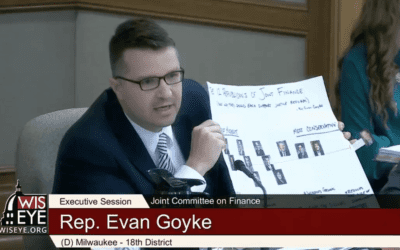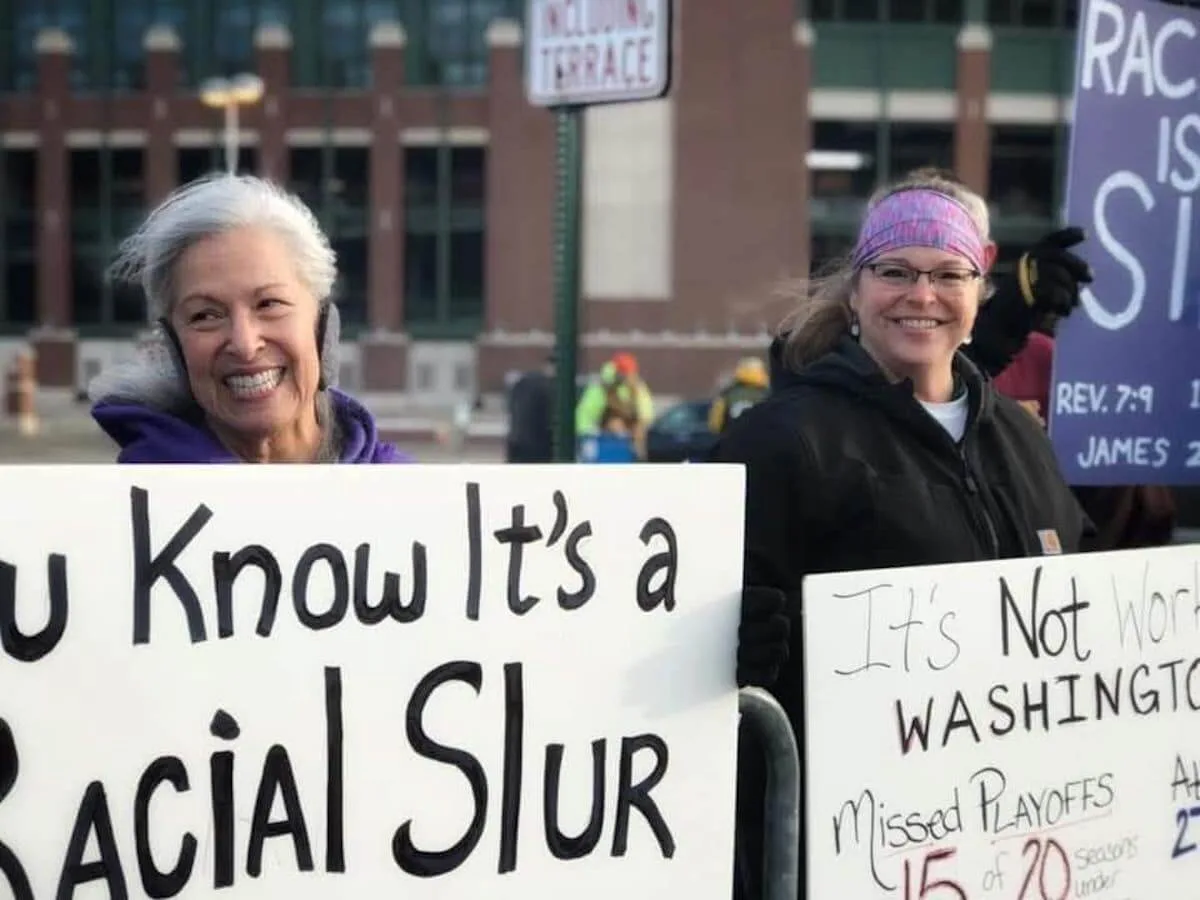
#image_title
State has 28 schools that still haven’t caught up to Washington’s football team and now Cleveland’s baseball team.
When the new year arrives, it will mark 30 years since Barb Munson first began educational efforts to remove Indigenous mascots and logos from Wisconsin’s public schools.
She and a small group of women thought once they explained to people how much harm these mascots had on their kids, they’d remove them. In two, maybe three years tops, they thought their work would be done. Munson, an Oneida Nation member who lives in the town of Moon, said they underestimated the racially charged level of the issue.
“We were so naive,” Munson said.
In 30 years’ time, the number of Wisconsin public schools with mascots has dropped from 67 to 28, amounting to just over one school per year bidding farewell to its racist mascot.
In 1997, the Wisconsin Indian Education Association created the Indian mascot and logo task force. In 2002, studies were published providing the first scientific proof of the negative impacts the images have on Indigenous and non-Indigenous children.
But Munson says it wasn’t until the Black Lives Matter movement pushed issues of race to the forefront of public discourse this year that real conversations are occurring, resulting in a flurry of action.
“We owe a lot to Black Lives Matter and the way they have taken stands around race issues this year,” Munson said. “The dialogue is no longer between people who have an Indian mascot and those who do not.”
This week, the Cleveland Indians announced it would be changing its name for the 2022 season. The Major League Baseball team’s decision follows the Washington Football Team’s to part ways with its use of a racial slur as its team name on July 2, following intense pressure from sponsors.
The next day, the Cleveland baseball team said in a statement that, “the recent social unrest in our community and our country has only underscored the need for us to keep improving as an organization on issues of social justice.”
“With that in mind, we are committed to engaging our community and appropriate stakeholders to determine the best path forward with regard to our team name.”
The announcement was little more than a month after protests started in earnest across the country following the death of George Floyd by Minneapolis police on May 25.
Activists in Cleveland and Munson cite the growing body of research that has concluded that Native American mascots reinforce stereotypes of Native American people as bloodthirsty warriors. A 2008 series of studies found that “exposure to American Indian mascot images has a negative impact on American Indian high school and college students’ feelings of personal and community worth, and achievement-related possible selves.”
Munson points to an early study from 2002, the findings of which she referred to “kind of scary.”
“It’s been researched, it’s been shown, that the same symbol that has a negative impact on Indigneous people can boost the self esteem of white people who have that same mascot,” Munson said. “There is an effect there that is really hard to deal with.”
That is why Munson pushes on. Because of the Black Lives Matter movement, conversations about race that people typically prefer not to have, are now occurring between teachers, policemen, and mental health workers, “people who care,” she said.
She also sees hope in the activism of young people. Unlike the older generations, she said younger people are starting to advocate for mascot and logo removals, a sign education efforts are working, she said.
When the Wisconsin Indian Education Association created the Indian mascot and logo task force in 1997, its members committed to the effort until all mascots were removed from Wisconsin public schools. Munson said the National Congress of American Indians and network of tribes across the nation are constantly working toward change.
“I think we’ve come to a place where we can actually have the dialogue and as we’re having it, thoughtful people are starting to see the gravity of the situation and are more willing to make changes,” Munson said. “And Black Lives Matter is a big reason that is happening at this time.”
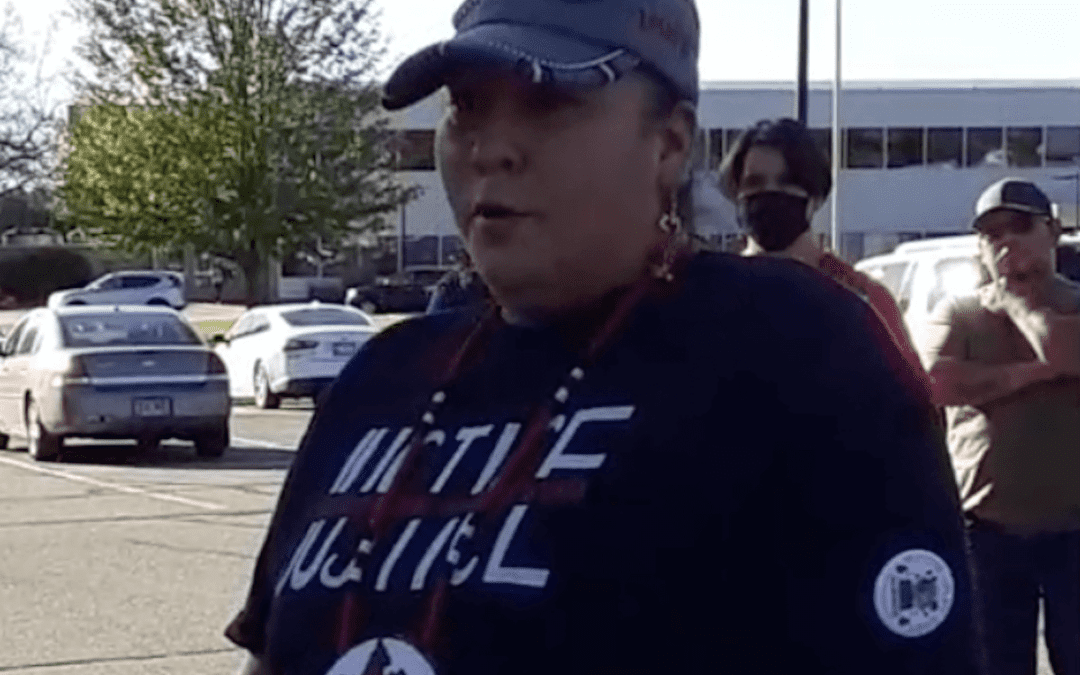
Native American Leaders Seeking Improvements to Curriculum After Teacher Wears Racist Outfit
Insensitive depictions of Native Americans are demeaning and further negative views that help lead to violence against indigenous people, advocates...
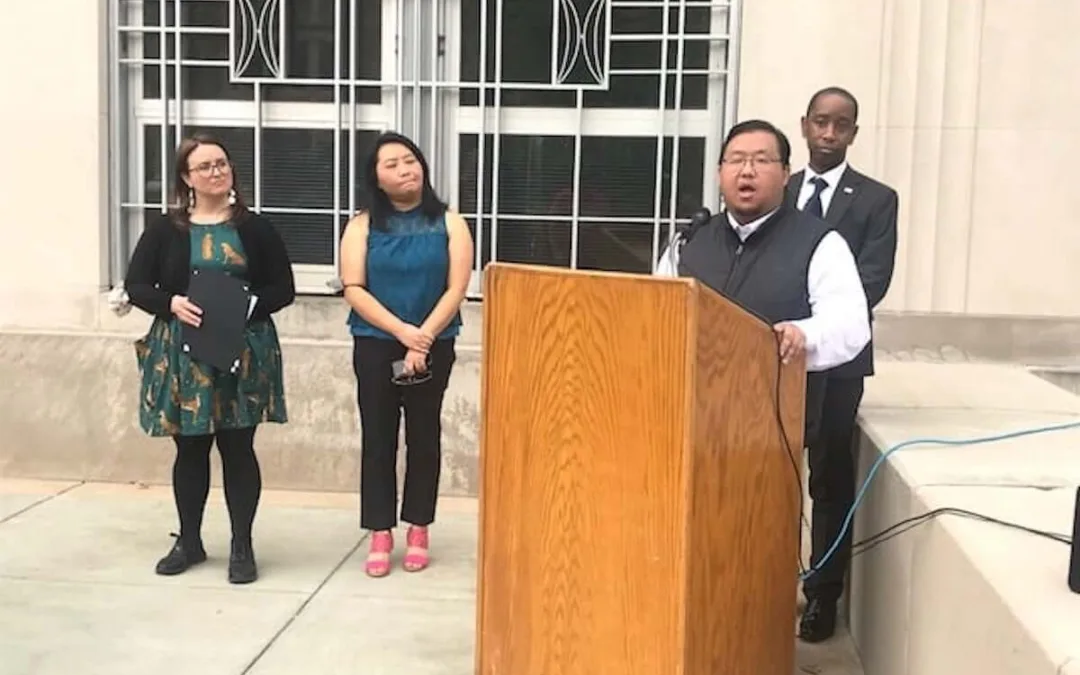
After ‘Community for All’ Resolution Fails Again, Progressive Marathon County Officials Worry ‘This Might Set Us Back’
“This sends the message that some people don’t matter as much as others in our community,” one official said. Supporters of a controversial...
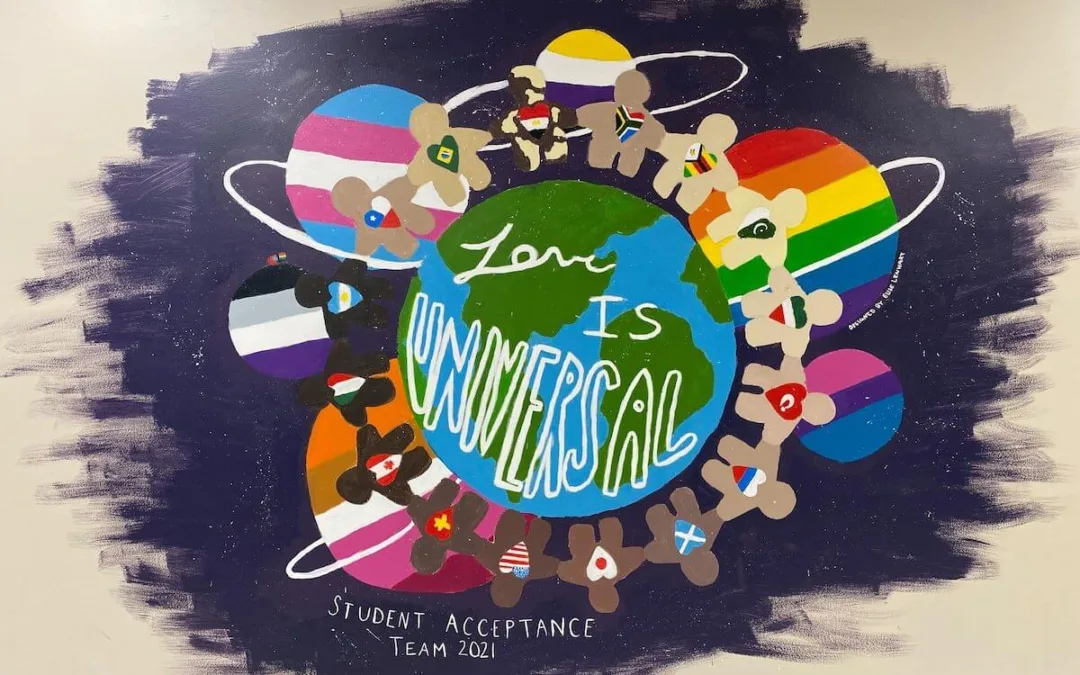
Commentary: Cedarburg’s School Mural Fiasco Shows Why We Need to Get Out of Our Bubbles
The district said the mural didn't represent "all members of our school community." But who was really left out? Earlier this month, the Cedarburg...
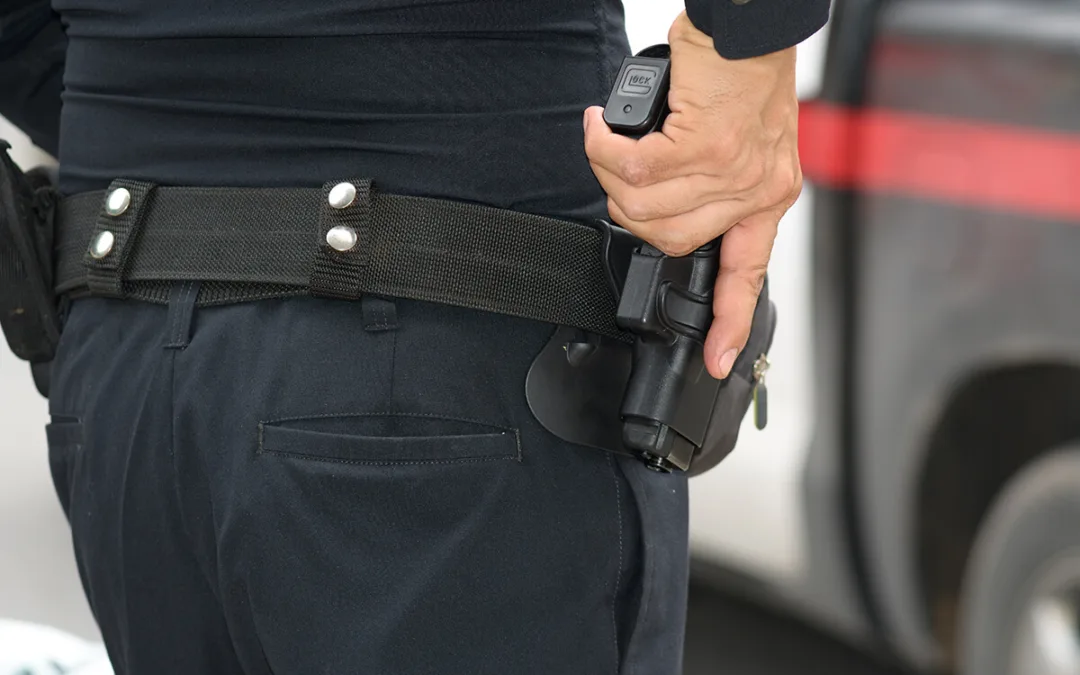
‘More Work Left’: First Police Reform Bills Pass, but Some Push for More
Evers says he’ll sign the bills, but he, legislative Democrats, and organizers say the state needs deeper reforms. Wisconsin will soon have a...


